After my column last month about Manet and his work — especially Olympia and Luncheon on the Grass, I had some very interesting conversations with some artists trying to wrap their head around what was SO controversial about those pieces. There’s a few different reasons. 1) His brushwork was so much looser than the leading academic painters of the time — not as abstract as the Impressionists that were inspired by him and followed right after, but still very abstract in comparison to the artist generation before and concurrent with him. 2) He wasn’t painting historical figures or aristocrats — he was using oil paint to elevate working people at the lowest rungs of society. 3) He took nudes out of an idealized historical context and put them right in contemporary settings. And 4) These subjects are staring out at the viewer in a much different way than any nude woman had stared out of a painting before. It has a lot to do with the difference between what we call a “male gaze” and a “female gaze” in art.
For example, let’s look at Olympia vs the painting it directly referenced — The Venus of Urbino by Titian.
This is a good example of all 4 points of controversy in Manet’s work I list above. The brushwork is more abstract, and flatter, and more graphic. This isn’t a historical figure, it’s a well-known Paris sex worker. But let’s look at their gazes. They are both looking out at the viewer. But there is something different in the way they are communicating with the viewer. Urbino is coy, tilting her head back, looking up at the viewer a bit out of the side of her eyes. It is a more seductive gaze. In contrast, Olympia’s head is upright and she is looking straight on at the viewer. Now here’s where things get complicated. And controversial. Anything else we say about the pieces and the attitudes that these women are displaying is extremely subjective, and it is colored by our experiences and our own feelings about the female body. This is of course extremely affected by whether you were raised as female in our (let’s assume American or European for most of the MC audience) society. So everyone’s emotional response to the painting is going to be a little different. But we can make generalizations.
Here’s my take, as an American cisgender woman who also happens to be a professional Art Director who has to direct how characters are posed as a major component of her job:
They are both nude. They are both sexual nudes — by which I mean, they are not bathing, they’re not doing something and happen to be nude at the time, they are in bed, propped up, on display—and not for sleeping. The difference between them is that Urbino is an object, and Olympia is an agent. It’s subtle. A bit of body language, a difference in tilt of the head, pose of the hand. Urbino is passive, Olympia is active. You can dig into how the other women in the paintings around the nudes support this, but let’s stick to the main figures for the sake of this article. Urbino is there to be looked at, to be passively looked at by someone standing outside the frame. While Olympia is actively looking out at the viewer. She has more agency. You can call this a difference between a painting made for the Male Gaze (Urbino) vs the Female Gaze (Olympia).
This isn’t the first time I’ve talked about this, I took a more personal angle on this in relation to my book cover work in this post. And while I think the language of a “Male” vs “Female” Gaze is limiting in today’s view of the gender spectrum — maybe it would be more accurate to call this an “Objectified Gaze” vs a “Gaze of Agency” (or something like that) — but these terms have a long history in academic feminist theory, and we see them pop up not just in matters of Art History, but also Advertising, Entertainment, and Psychology.
Let’s look at a non-Manet example. Here’s two versions of the scene of Judith beheading Holofernes, from the Bible story. First we have Artemisia Gentileschi’s version, and then Cristoforo Allori’s:
Now here we don’t have both characters gazing out at the viewer, but we can still compare them. Gentileschi’s is an action shot. Judith is very much acting with agency. She is not here to be looked at, she is busy sawing Holofernes’s head off. It is bloody, it is active, and it is emotional. We feel Judith’s anger here. Then in Allori’s version, Judith is giving us the side-eye a bit, almost looking at us coyly while she just happens to be holding Holofernes’s head. If you crop the head out of the picture you’d never know it was anything but a serene portrait. Even with a head in her hand, Judith is there to be looked at as a beautiful object. Even the sword is barely hinted at in the painting, almost an afterthought.
Here’s another by Massimo Stanzione, where Judith is barely holding the sword and not even looking at the head:
Between these paintings, Art Historians would say the Gentileschi was painted for the Female Gaze, and Allori’s and Stanzione’s for the Male Gaze. It’s almost uncomfortable how the sword and head are treated in these, it’s like the story is the afterthought entirely, and these Judiths are almost embarrassed at what they’ve done. Very “Who me? A sword? How did that get here?” feeling.
Now remember, when we talk about Gaze we’re not talking about the “gaze” of the painter. Yes, Gentileschi was a woman and her painting is for the Female Gaze, but Manet was a man and his paintings have that touch of the Female Gaze as well. This is why it’s tricky to gender these terms When we talk about the Male and Female here, we’re talking about society constructs of Male and Female, not specific individuals.
So where did these terms come from? Well, in John Berger’s famous Ways of Seeing he talks about the difference between male and female “Presence” in art:
According to usage and conventions which are at last being questioned but have by no means been overcome, the social presence of a woman is different in kind from that of a man. A man’s presence is dependent upon the promise of power which he embodies. If the promise is large and credible his presence is striking. If it is small or incredible, he is found to have little presence. The promised power may be moral, physical, temperamental, economic, social, sexual – but its object is always exterior to the man. A man’s presence suggests what he is capable of doing to you or for you. His presence may be fabricated, in the sense that he pretends to be capable of what he is not. But the pretence is always towards a power which he exercises on others.
By contrast, a woman’s presence expresses her own attitude to herself, and defines what can and cannot be done to her. Her presence is manifest in her gestures, voice, opinions, expressions, clothes, chosen surroundings, taste – indeed there is nothing she can do which does not contribute to her presence. Presence for a woman is so intrinsic to her person that men tend to think of it as an almost physical emanation, a kind of heat or smell or aura.
One might simplify this by saying : men act and women appear. Men look at women. Women watch themselves being looked at.
So this description is a little problematic/dated now, but it starts to point us in the right direction. What we’re dealing with here is the history of Men as actors and Women as acted upon. Women were property controlled by men, there to serve men’s desires. And yes, of course, Women can objectify and Men can give agency to women — remember I said these are not perfect terms? But in general terms, women having the freedom to exist independent of men in their lives is a very new phenomenon in history. And that plays itself out in visual ways.
The term “Male Gaze” was popularized by the British film theorist Laura Mulvey in a 1973 essay called “Visual Pleasure and Narrative Cinema” and she defines it as:
“the term “Male Gaze” is a theory that states that portrayals of women in cinema are constructed in an objectifying and limiting manner to satisfy the psychological desires of men, and more broadly, of patriarchal society. The “male gaze” is apparent in media that objectifies women and defines their identity in relation to a male character.”
And
“male gaze projects its fantasy onto the female figure, which is styled accordingly.”
This is a good article on Mulvey and how her use of “Gaze” relates to film criticism.
This is a good article on the “Female Gaze” and here’s the talk that goes with it (it’s a long one but funny and also very interesting):
As Joey Soloway (the speaker) says that the female gaze (and I’m paraphrasing from the article here) is “more than a role reversal where women objectify men, or having a woman as the main character in a typical action film. It goes a step further and invites the viewer to feel as a woman feels. To go beyond simply seeing and instead to immerse oneself in feeling what the main character feels.” Soloway’s female gaze is also about “communicating what it feels like to be looked at, to be objectified by the male gaze. And then, having pointed that out, to demand to become the subject, not the object.”
In other words, if the Male Gaze is about turning women into visual objects, the Female Gaze is more than just the opposite — it’s not just a gender flip making men into visual objects. The Female Gaze in visual art attempts to give agency to the female characters, keeping them from being objects for the men (men in the scene of the art, and men viewing the art) but also trying to make you feel empathy for the women, not only as objects, but as objects knowing they’re being objectified. This is where terms like “the Gazed Gaze” come in, when we talk about depicting women who know they’re being watched. It gets a little meta. But if you look at Olympia, that’s exactly what Manet is doing. Olympia knows she is on display, and reflects that gaze back on the viewer. That’s why it was so uncomfortable and controversial for so many male viewers and critics of his day — they had never felt their gaze observed and reflected back at them before — and they did not like it.
The point of all this is not to police what’s art from the Male Gaze, or to say that you should be making art only from the Female Gaze, but to make yourself aware of the characters in your art and what power they possess. There’s a time and a place for both agency and objectification. There’s nothing wrong with some pin-up art (as an example of art made specifically for objectification) but you don’t want to fall into that mode when you are trying to depict a character with agency. Choose your gazes consciously and it will help you tell the story in your art better.



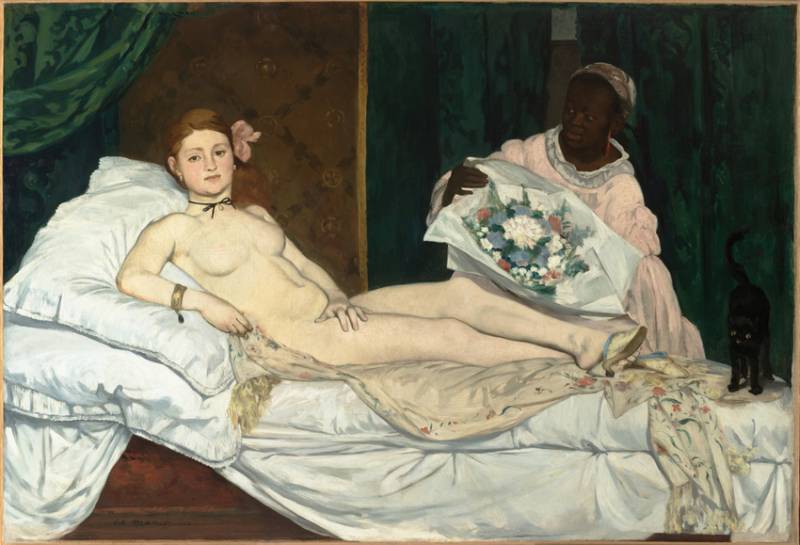
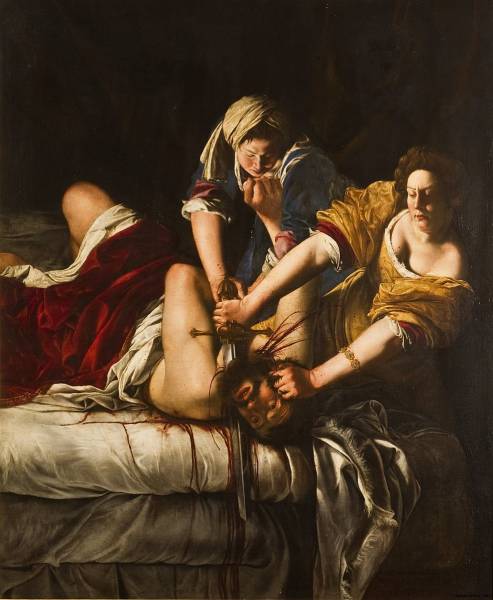

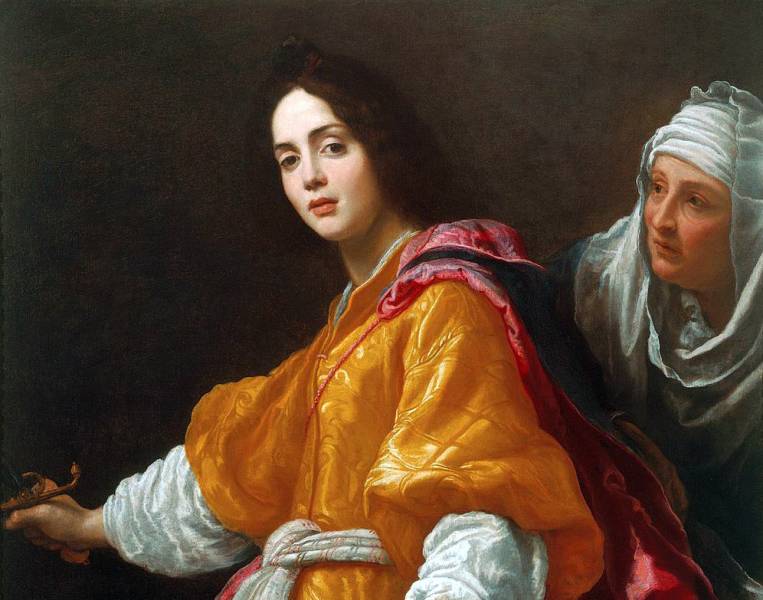

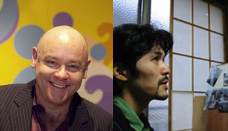

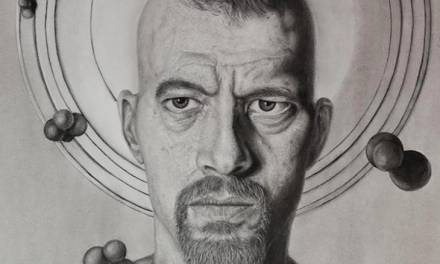
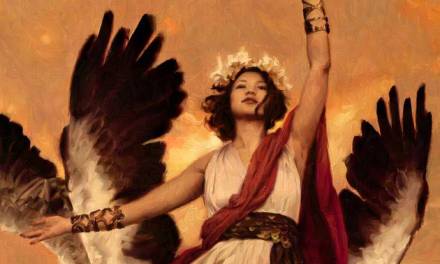
Fascinating, informative, and unafraid of a bit of controversy which is part and parcel of loaded subject matter–the perfect post, Lauren! Went back and read your other referenced posts here as well. (Love the “no stilettos” rule lol!) You may remember from some comments a long ways back on MC, that since I studied Orientalism and the Western gaze of the East (including but not limited to portrayals in art) in graduate studies, that has always been a valuable topic for me. Male gaze vs Female gaze is similarly controversial, fascinating, and important to understand–so much overlap between orthodox Male gaze and Orientalist gaze markers. Always enjoy your posts on MC, wishing you Happy Holidays!
Thanks so much! Glad you found it a good overview, it’s a tricky subject and I wanted to do it justice while condensing it down as much as possible.
This is really good. I don’t have a lot more to add past that. There’s just so much good theory and criticism packed into this post.
Thanks Zac!
This is really interesting, but also slightly confusing in it’s use of terms. I’ve personally only heard of the female gaze as the female version of the male gaze – objectifying or looking at men (or other women) through a lens of desirability (not always explicitly sexual, but something to be wanted or won). And the male gaze of gay directors/artists/photographers is generally focused on men as the objectified or sexualized party.
And as you point out in your examples, agency or viewing the subject with empathy or nuance is hardly limited to women and women are perfectly capable of doing the objectifying (shout out to the fandom of your boy Dean Winchester -wink, smolder, and cherry pie for example 🙂 . Soloway’s definition seems more aspirational (in a sense, something to be aimed for) than anything inherent to women’s worldview or perspective.
So maybe male and female gaze aren’t the best way to look at this dynamic (since it puts gender front and center – asking does this man use a ‘female’ gaze, is this women using a ‘male’ gaze?). But as a concept it’s fascinating and thank you so much for writing this. I just reread your excellent post where you spoke of your love (shared whole-heartedly by me!) of Frazetta and his lovely ladies and mentioned that there’s nothing inherently wrong with some things being someone’s fantasy, that not every character needs agency. We’re undoubtedly a richer world with both the Manet and the Titian in it so long as we remember that we have a choice as creators as to whose story we’re telling and why.
Thank you again this insightful and educational piece,
Cheers
I completely agree, the terminology is difficult, and a stumbling block for a lot of folks. But the concepts are important to grasp. As you say it’s up to creators to know the tools and choose them consciously to tell the stories we want.
Thank you Lauren for reminding me again how miserable the craft of illustration is, and how agents like you have power and influence over artists that is detrimental and overrated. The technical lessons on the craft of painting here are beautiful, but you have to live with the left-wing liberal indoctrination that you are doing here.
It feels a bit silly commenting on a 2 year old article that I doubt anyone will see, but I feel what I say must be said:
I very much so enjoyed reading the analysis of those three paintings of Judith Beheading Holofernes. However, the section before that has really been bothering me. It feels remiss to write about Manet’s Olympia without talking about the maid (or possible slave) in the background, an entire paragraph about the white woman (who, to be fair *is* the main subject), but not even a passing mention of the black woman behind her. It would have been very fitting in this analysis of agency and objectification!
Frankly, it’s embarrassing to see the chud above this whinging about “left-wing liberal indoctrination” when this article completely misses the opportunity to get a little intersectional with its feminism.
대전출장마사지로 쉽고 간편하게 집에서 경험해볼 수 있습니다.